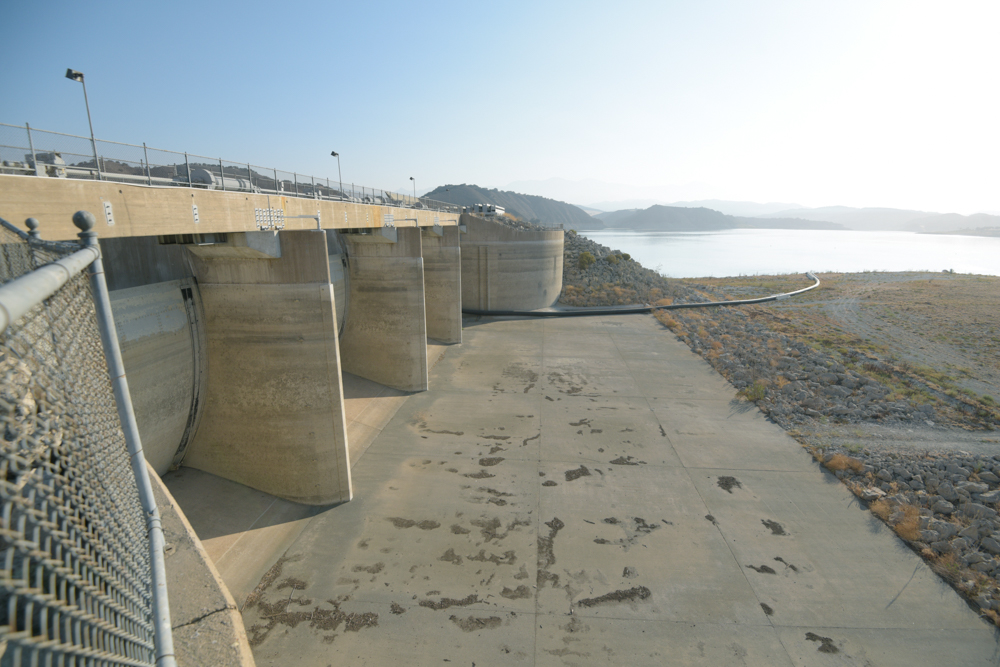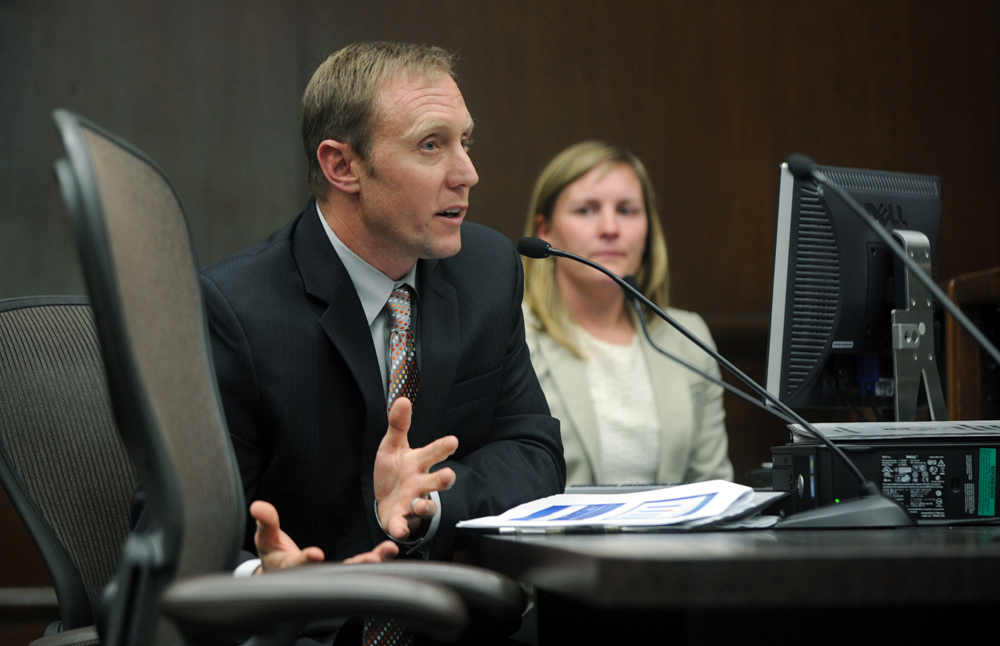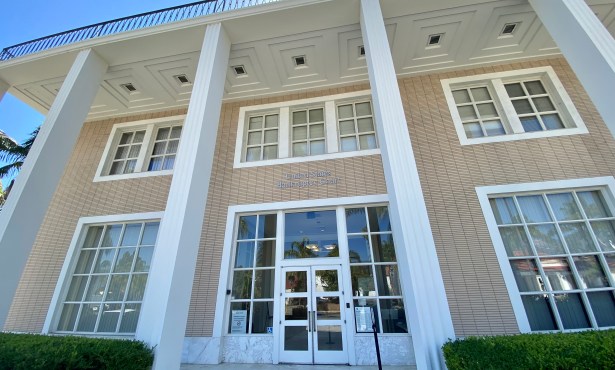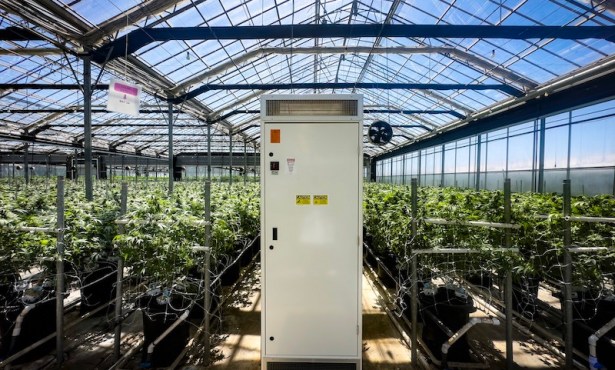Current Regional Drought Worst in Recorded History
Planners Release Recharge Water from Cachuma

In a confluence of weird and jarring optics, operators of the Bradbury Dam at Lake Cachuma began releasing what will eventually be 10,000 acre-feet of water downstream — toward Lompoc — just as regional water experts declared the current drought the driest in recorded history. As is often the case with water, what doesn’t appear to make sense actually does. And vice versa.
The big news is that the years between 2012 and 2018 have now surpassed the county’s previous worst drought in terms of intensity and dryness. “We now have a new drought of record,” declared Tom Fayram, Santa Barbara County’s deputy Public Works director. Translated, that means the current drought will be the yardstick against which all past and future droughts are measured. It’s what current and future water planners must conjure with when crafting projections of long-term water supplies. Barring any sudden downpours between now and September 1 — the beginning of the next water year — Gibraltar Reservoir has received 102.96 inches of rain. The worst recorded drought prior, between 1945 and 1951, saw 117.85 inches fall. By contrast, the most recent drought, between 1984 and 1990, recorded rainfalls of 129.66 inches.

When notified of the new designation, Joshua Haggmark, the sometimes wisecracking water czar for the City of Santa Barbara, quipped, “Oh good! Finally.” He added, “We’re constantly shattering all kinds of records: driest year on record, hottest year on record, longest drought on record, most intense drought on record. We may as well be the new drought of record.”
In this context, it might appear counterintuitive that any water would be released from Lake Cachuma. But beginning this Monday morning and continuing for the next three months, about 360 acre-feet of water from Lake Cachuma will trickle and trundle downstream daily, percolating into the underground aquifers as it goes. This process is required to provide farming operations and communities located downstream with much-needed water. But for the drought, the Santa Ynez River Water Conservation District would not have needed to rely on such downstream releases as often or as intensely as it has. During the release, the water level at Lake Cachuma will drop about six feet, and for a while, the Santa Ynez River will come alive with a flow of water 20 feet wide and a foot deep.
This year’s release was orchestrated with an abundance of consultation between downstream and upstream water warriors more accustomed to being at each other’s necks. Two years ago, Bruce Wales of the Santa Ynez district availed himself of far more released water than South Coast water agencies were expecting. That he made a point of not telling them only added insult to the sense of injury. Wales, a canny professional with an encyclopedic grasp of the pertinent fine print, was looking after downstream interests and operating well within the law. But he admitted afterward he intentionally “hid the football” from South Coast agencies that rely on Lake Cachuma for about half their water. Had he notified them, he explained, they would have tried to stop him. At that time, Lake Cachuma was less than 5 percent full — about as low it could possibly be without becoming a mud puddle. Haggmark was not inclined to crack wise and said Wales’s conduct was “borderline criminal.”
This time around, Cachuma is about 37 percent full and Wales demanded the release of less water than he’s entitled to. Moreover, he discussed his plans well in advance with Janet Gingras, head of the Cachuma Operation and Maintenance Board (COMB), one of many small but crucial agencies responsible for delivering water to South Coast residents. Gingras and Haggmark were both effusive in praising Wales’s change in approach. “He’s not required to tell us anything, and he never has before,” said Haggmark, “but we greatly appreciate the olive branch.” Had Wales ordered more water, Gingras noted, the release could have dropped the lake level so low that COMB would need to reactivate — at a cost of $1.5 million — the special barge equipped for emergency pumping. If it doesn’t rain this winter, the barge will be needed anyway to draw water from the lake in 2019.
In the meantime, Haggmark announced the City of Santa Barbara will finally schedule an open house of its desalination plant — reconstructed, refurbished, and debugged to the tune of $72 million as of last May, when the plant first began production of about 250 acre-feet monthly. The desal plant was built in response to the late-’80s drought, complete with floppy disks. The revamped version is immensely more efficient, Haggmark said, but conveys considerably less sense of control-room power and authority. “You could run it with a small laptop,” he said. The desal plant is open to public touring on August 18. Water will be served.



